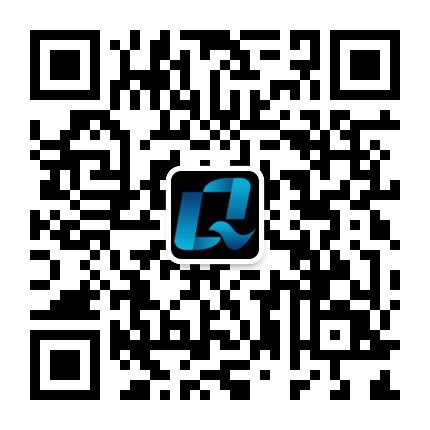What is the Difference Between UV Marking and Fibre Marking
UV marking and fibre marking are both methods used for covert or semi-covert identification, but they differ in terms of visibility, application, and detection methods. Here’s a breakdown of their differences:
1. UV Marking (Ultraviolet Marking)
Visibility: Invisible to the naked eye under normal light but glows under UV (blacklight) illumination.
Inks Used: Special UV-reactive inks that absorb UV light and re-emit it as visible light.
Applications:
Security marking (e.g., banknotes, passports, tickets).
Property marking (e.g., anti-theft tagging).
Event wristbands or entry passes.
Detection: Requires a UV light source (365–395 nm wavelength).
Durability: Can fade over time with exposure to sunlight or cleaning agents.
Advantage: Easy to apply, cost-effective, and widely used for security purposes.
2. Fibre Marking (Forensic or Anti-Theft Fibres)
Visibility: Tiny synthetic or natural fibres (often fluorescent or colored) that are hard to see without magnification.
Materials Used: Microfibres, synthetic threads, or forensic-coded fibres (some glow under UV).
Applications:
Forensic tagging (e.g., embedding unique fibres in products to trace theft).
High-security documents (embedded fibres for authentication).
Anti-counterfeiting measures.
Detection:
Some fibres are visible under UV light.
Others require microscopic examination or specialized forensic analysis.
Durability: More resistant to wear and environmental factors compared to UV ink.
Advantage: Extremely difficult to replicate, making them ideal for forensic tracing.
Key Differences
| Feature | UV Marking | Fibre Marking |
|---|---|---|
| Visibility | Only under UV light | Often microscopic, some UV-reactive |
| Detection | UV lamp | UV lamp, microscope, forensic tools |
| Application | Surface marking (inks, sprays) | Embedded fibres (woven, glued, or mixed) |
| Security Level | Moderate (can wear off) | High (harder to remove or replicate) |
| Cost | Low to moderate | Higher (especially forensic fibres) |






